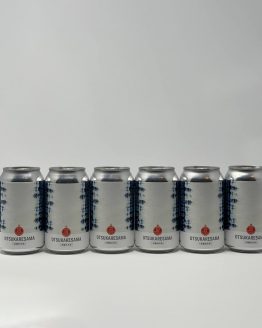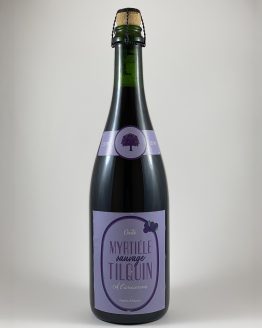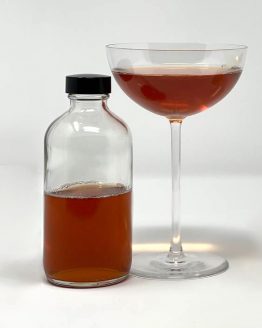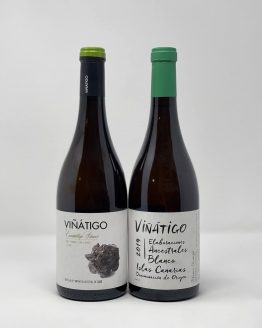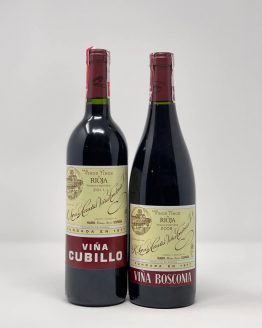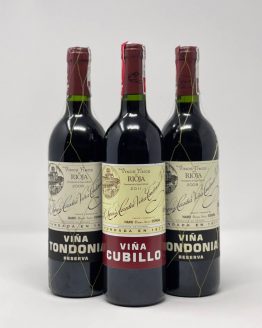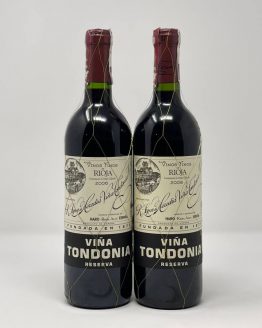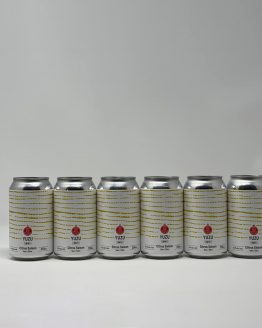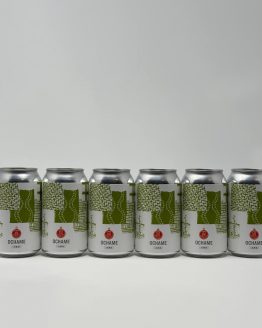Description
Cantillon Rosé de Gambrinus is a traditional raspberry lambic (framboise) bottled regularly by Cantillon. Its fruit content is generally around 200 grams of raspberries per liter of lambic. The fruiting process for Rosé de Gambrinus consists of taking pre-frozen raspberries and placing them in stainless steel tanks with an average age of 20 month old lambic for a maceration period of 1-2 months. It is then transferred to a stainless steel bottling tank until it is ready to be bottled. A quantity of young lambic is added equal to one-third of the volume of the fruited lambic before bottling to obtain secondary fermentation.
The name Rosé de Gambrinus first made an appearance on a bottle in 1986 with the base lambic having been brewed in 1984 (see below for complete history). It has been in Cantillon’s regular lineup ever since. There have been slight variations to the Rosé de Gambrinus label design over the years but it has remained generally consistent. The most notable variation involved briefly clothing the woman due to label approval issues in the United States.
Rosé de Gambrinus has undergone one notable recipe change. Prior to the 2004-2005 brew season, Cantillon used Belgian raspberries. Because Belgian raspberries did not add enough color, Cantillon would blend in between 5% and 10% kriek. In 2004-05, because it was difficult to find enough Belgian raspberries, Cantillon switched to Hungarian raspberries. With the Hungarian raspberries providing enough color, Cantillon no longer blended kriek into Rosé de Gambrinus.
While framboise is most commonly served fresh, Jean Van Roy stated during the Lambic Summit (Part 15) that: “the raspberry is probably the fruit where the taste and color disappears the most quickly, but you can conserve the raspberry lambic. We have Rosé de Gambrinus for more than 10 years at the brewery. And the beers are great. But you have less fruit taste, less fruit taste, in comparison to a kriek for example, a kriek from the same age. But it’s possible to conserve a raspberry lambic. For the people with a Rosé de Gambrinus in the cellar, don’t be afraid. The beer is going to be great.”
On February 21, 2008 a label for the kegged version of Rosé de Gambrinus was approved by the TTB.

